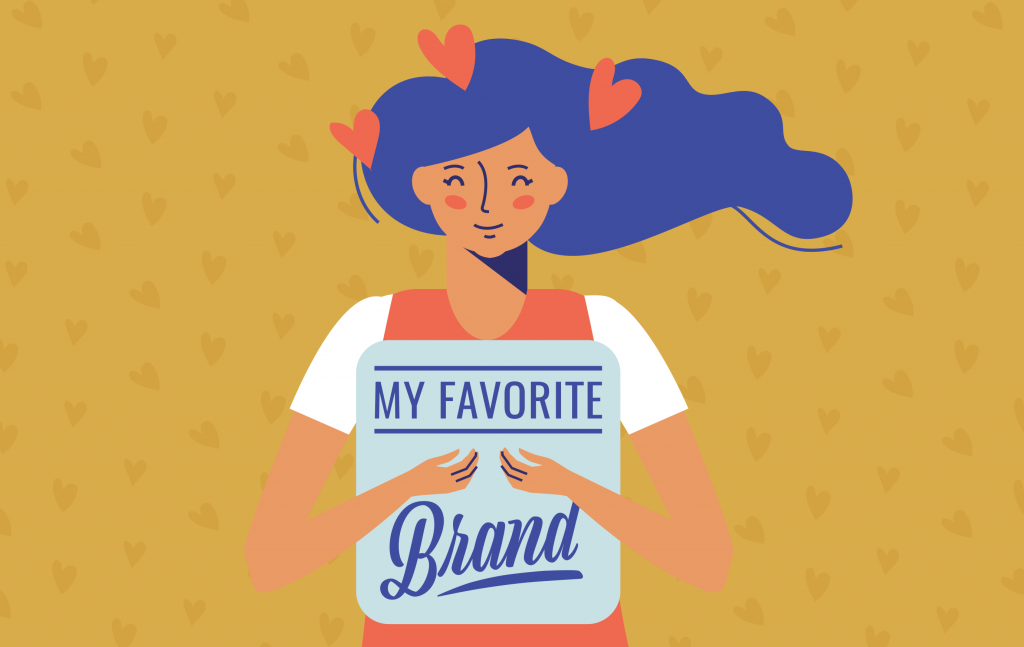
Design & Psychology
August 27, 2020
Choosing product A over product B is among the 35,000 decisions our brains make each day. Packaging designers use visual language to nestle products into a market void and fill a human need. Doing this successfully establishes an unshakable bond with consumers and drives sales. Visual design communicates very specific experiences to consumers in seconds and often without words. Packaging design strives to draw attention, impact the consumer’s ethos and merge with their lifestyle. Designers must tap into psychology and symbology to create work that transmits information and impacts on an emotional level.
Psychology 101 tells us mimicry is the most innate and enjoyable form of communication. Mirroring the consumer’s emotional interests such as: the need for convenience, improved health, natural ingredients, indulgence or an uplifting escape from reality, connect your visual language to an intuitive need state.
It’s important to slow eyeballs that are quickly scanning shelves and screens for value. Your visual language on pack needs to captivate and communicate. It’s important to consider the consumers’ needs objectively and position the value of the product strategically. Brand strategy distills your value and message into a succinct brand essence, which can then be translated into a visual identity. A pretty package is not always an effective package. Your package should have meaning and resonate with the consumer’s needs.
Food and beverage are gateways to childhood memories, experiences, relationships, and connect consumers to old and new traditions. Food and beverage packaging is about the connection between imagery, words, the human brain, and the human behavior of what we feel affecting what we buy. With regard for the infinitesimal reasons we create and or consume, the objective is to enjoy the process and find comfort in impulse and routine.


